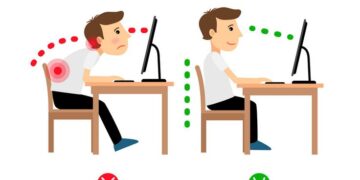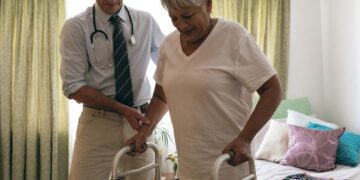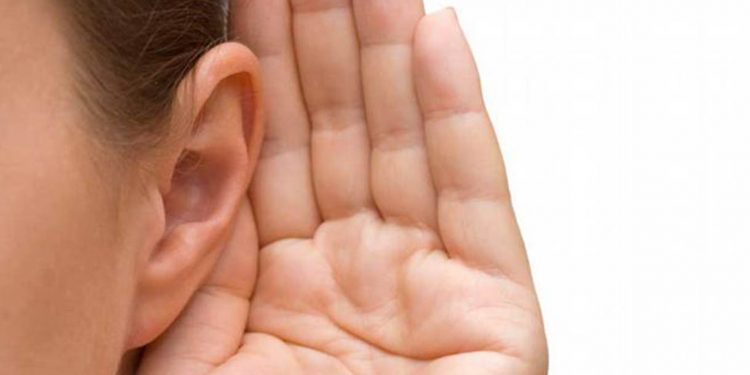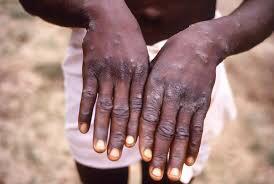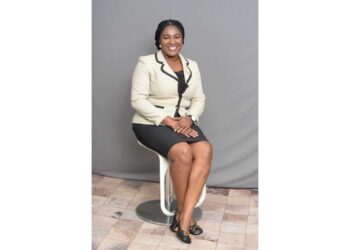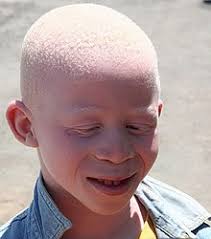Thursday 3rd March 2022 is World Hearing Day. Nearly two decades now, the World Health Organization (WHO) each year provides a theme for ear care professionals and advocacy groups to embark on campaign activities with the aim of sharing information on prevention and appropriate management of ear and hearing issues.
This year’s theme “to hear for life, listen with care”, stresses on safe listening that is necessary for each person to maintain good hearing all through one’s life. This has been necessitated by research and reports obtained over the years. WHO estimates that more than 1 billion young people put themselves at risk of permanent hearing loss, unknowingly by listening to music at high intensity over long periods of time. Also, population trends show possible rise in global prevalence of hearing loss across life course, with estimates that by 2050, 2.5 billion (1 in every 4) people will experience hearing loss with 700 million people living with moderate or higher levels of hearing loss in the better hearing ear.
Our sense of hearing enables us as social beings to perceive sounds and engage with the environment, forge and maintain relationships, experience life events, attain educational and economic independence and adds to the quality of life. The impact of hearing loss on a person’s life is determined by the severity and profile of the loss as well as whether the problem is addressed by effective clinical and rehabilitative interventions and then the extent to which the person’s environment is responsive to one’s needs. If unaddressed, hearing loss negatively impacts on one’s communication, development of language and speech in children, cognition, education, mental health, and interpersonal relationships. Also causes low self esteem due to the associated stigma from people around.
There are various factors likely to affect one’s hearing and cause hearing loss throughout life’s span. These are categorized as follows
- Prenatal (during pregnancy) – genetic factors (accounts for about 40% of childhood hearing loss), syndromic factors (about 15% of neonatal hearing loss), intrauterine factors (viral, bacterial, and parasitic infections to the foetus)
- Perinatal (around the delivery period)- asphyxia (inadequate oxygenation at birth), jaundice, low birth weight (<1500grams) because of premature birth or maternal malnutrition, treatment of infections with ototoxic medications and high levels of noise in NICU.
- Childhood and adolescence- Middle ear infections, bacterial and viral infections (e.g., meningitis, mumps, measles etc)
- Adulthood and older age- persons with chronic diseases have greater risks, otosclerosis, smoking, presbycusis (age-related), hereditary.
Factors such as sudden sensorineural hearing loss, wax impaction, trauma to ear or head, exposure to loud sounds and ototoxic drugs (aminoglycosides, quinoline antimalarials, platinum analog antineoplastics and loop diuretics) can be experienced at any age. Other factors may include nutritional deficiencies, viral infections (HIV, Herpes simplex, Ebola, Lassa virus and possibly new Coronavirus), work related ototoxic chemicals and other ear conditions.
Focus on noise
We are surrounded by noise of all sorts in our environments, some meaningful, some unwanted. Our ears carry sensory cells that respond to sound and enables us to hear sounds, speeches, noise etc., for us to respond to them. Exposure to noise such as at a concert, stadium, in the street, may cause some temporary effects that present as muffled hearing or ringing in ears. This may resolve with time. However, continuous exposure to loud or prolonged noise causes permanent, irreversible loss of hearing. Noise induced hearing loss may be sudden ( from a blast, gunshot, firecracker, etc.) or gradual over time due to exposure above 85dBHL.
World Health Assembly, in 2017 adapted resolution WHA 70.13(6) which urges governments to integrate ear and hearing care into their national health system framework and instruct WHO to provide the evidence and tools for them to do so. Defunctive activities are required to achieve this as well as some sustainable development goals (SDGs); SDG3( good health and wellbeing), SDG4(quality education); SDG8 ( decent work and economic growth); SDG10(equality)
- There is a call for urgent public health action to mitigate the projected growth rate of persons with hearing loss.
- It is evident that there is lack of accurate information as well as stigmatizing mindsets surrounding ear diseases and hearing loss with its resultant limited access to care.
- Even among health care providers, knowledge relevant to prevention, early identification and management may be lacking, thereby restricting the care they provide to those with ear and hearing needs[(World Report on hearing 2021)
- It is estimated that there is a worldwide limited accessibility to hearing aids and cochlear, estimated that only about 17% of those who would benefit actually use one.
- Furthermore, governmental leadership for EHC integration is lacking as seen by lack of strategic plans for integrate and available financial resources to address diseases and hearing loss.
The WHO usually presents a symbol of an egg wearing headphones to signify the fragility of our sense of hearing
In using personal audio devices or staying in noisy environments;
- Keep the volume down, do not use above 60% level of device
- Use well-fitted noise-cancellation headphones
- When working or for leisure in noisy environments, use ear protectors
- Limit time spent in noisy environments
- Get apps to monitor sound levels- when you work in noise or part of a music band
- Seek professional help when you notice signs such as ringing in ears, difficulty hearing etc.
Ref: World Health Organization (2021)- World report on hearing Geneva Licence: CC BY-NC-SA-3.0 IGO
Submitted by: Jemima Anowa Fynn
Deputy Chief Audiologist
Korle Bu Teaching Hospital

